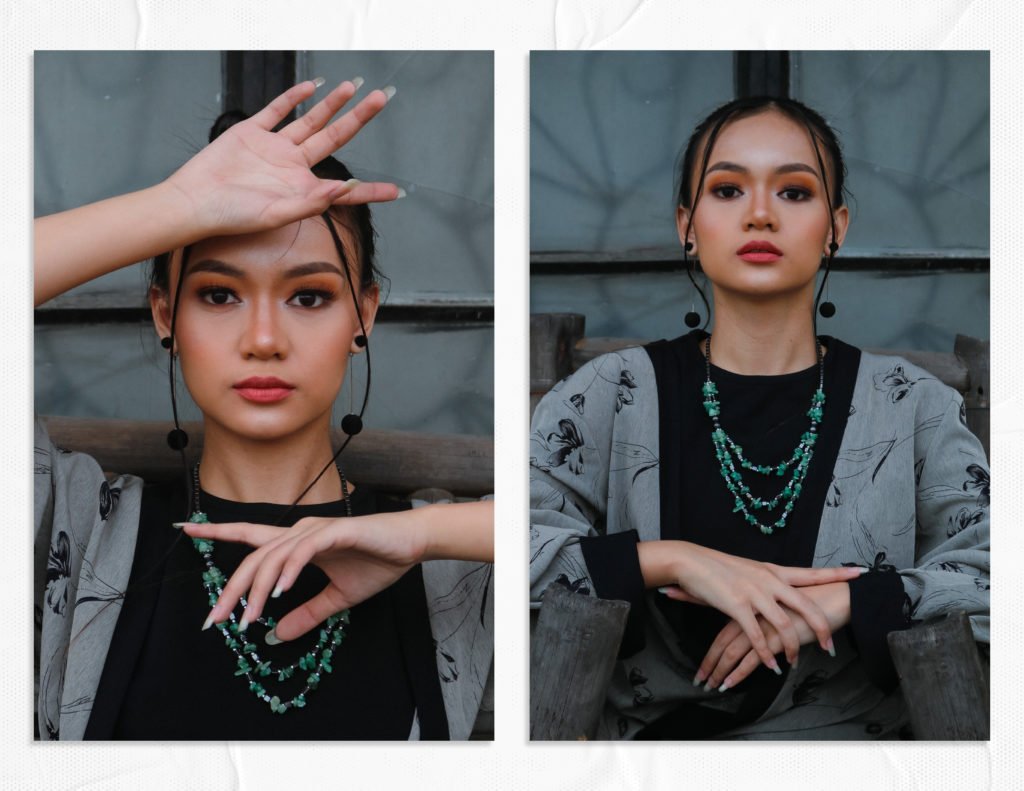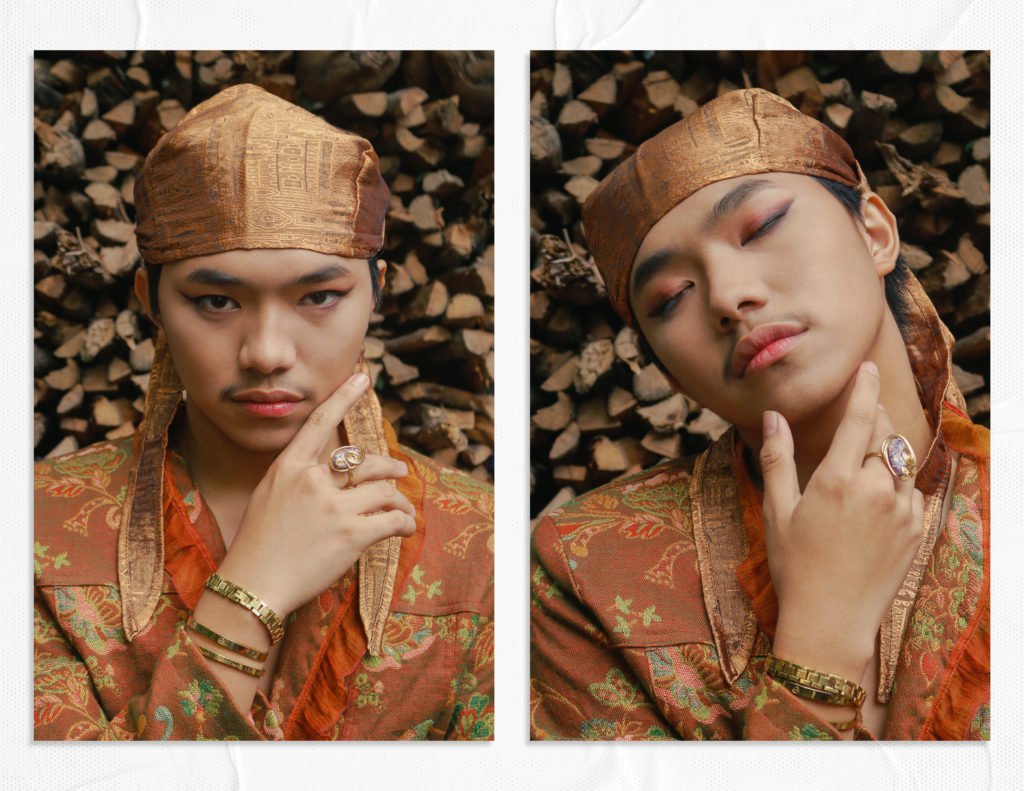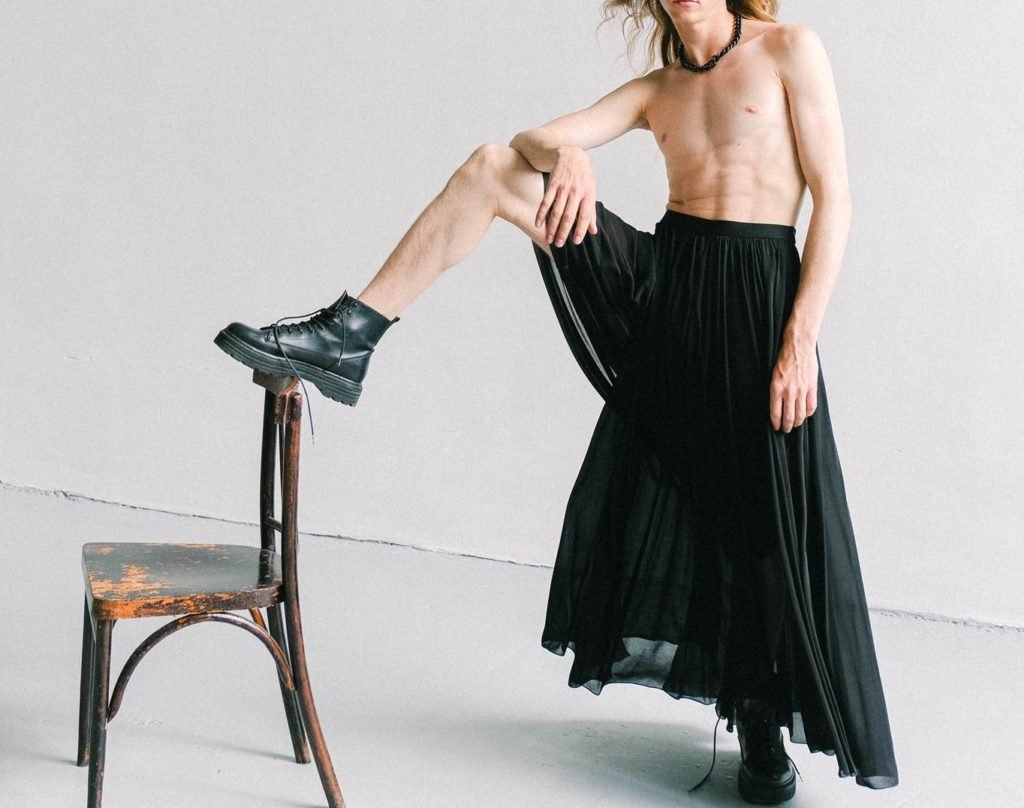Homosexual Babaylans: Gender-crossing in Philippines’ pre-colonial period

Can you imagine a male actor portraying Marian Rivera’s role as a babaylan (priestess) in the popular Filipino period drama series “Amaya?” Well, you might find it surprising, but way back in the Philippines’ pre-colonial era, there were homosexual babaylan.
Ergo, any male actor can also be Amaya.
A babaylan, from what we are taught in our history classes, is recognized as a strong and powerful woman.

They have the ability to mediate with the spirit world and they have the gifts of healing, foretelling, and insight.
We’ve seen photographs, paintings, and films about female babaylans who are equally powerful as the male leaders (Rajah and Datu). We’ve heard about their heroic tales as they lead our indigenous communities and barangays in battles.
However, the narratives of homosexual men mimicking a women’s way of living to become a full-pledged babaylan (priestess) are so unrated.
Or, are we even aware that it is possible?
Within the context of Philippines’ conservative culture about gender, it is important to take a glance at the most compelling evidence of the first account of gender crossing men playing major roles in the society as asog or male babaylans.

An asog, was a gender-crosser and a homosexual which has the same spiritual recognition as the female babaylan. In the same manner, they have the freedom to fall in love with another man the same way women do.
Not one homosexual man or woman becomes a pariah because they were all loved and well-respected.
Isn’t it great to go back to the time when we still had a genuinely gender-inclusive country?
Filipino gender inclusivity. Did we regress?
It’s no secret that homosexual babaylan have seemingly vanished like bubbles from the nation’s traditions and history. But why? It was after the period of colonialism commenced the marginalization of gays and lesbians.
Our history books would clearly say it was the Spaniards who introduced patriarchy and machismo, which might have made gender crossing a ridiculed practice, a taboo.

The heteronormative culture anointed to us by our colonizers, swept away our concept of homosexuality.
Filipino gender equality seemingly regressed from having high respect for the purity and splendor of the homosexual babaylans, to calling them names and stereotypes as the bakla and tomboy.
They’re always the funny character in the role of a cross-dresser, fashionista, or a parlorista with a flamboyant style. Their non-binary gender identity and expression have mostly been the very subject of discrimination.
We were once a gender-inclusive country. We should progress, not regress.
Why discuss homosexuality now?
Today, many would still find it difficult to look past the stereotypes to homosexuals and see them for what they are, humans.
Despite ranking as the 10th most LGBTQ-friendly country in the world, the Philippines still has a long way to go to fully accept, and not just tolerate, the diversity and fluidity of gender.
There are still many reasons why gender-inclusivity matters for Filipinos now just as much as it did in the past.
As we celebrate Pride Month, let’s remember our history. Let’s not forget the narratives of our homosexual ancestors which have long been buried deep within our history.
In retrospect, the pre-colonial period of our nation tells us to continue hoping that the time will return when males, females, lesbians, gays, and homosexual babaylans will all once again be equal.
Micael is a community journalist. He is studying BA Journalism in the Polytechnic University of the Philippines-Manila. He was awarded as one of the top 10 outstanding citizens of Gen. Mariano Alvarez, Cavite after he conducted community projects and volunteered in certain causes. He promotes youth leadership, participation, and social inclusion. He advocates gender equality for a safe and healthy community. Applying all things that he learned from the academe and from various conferences, he localized impactful projects and started bringing change to the masses.











